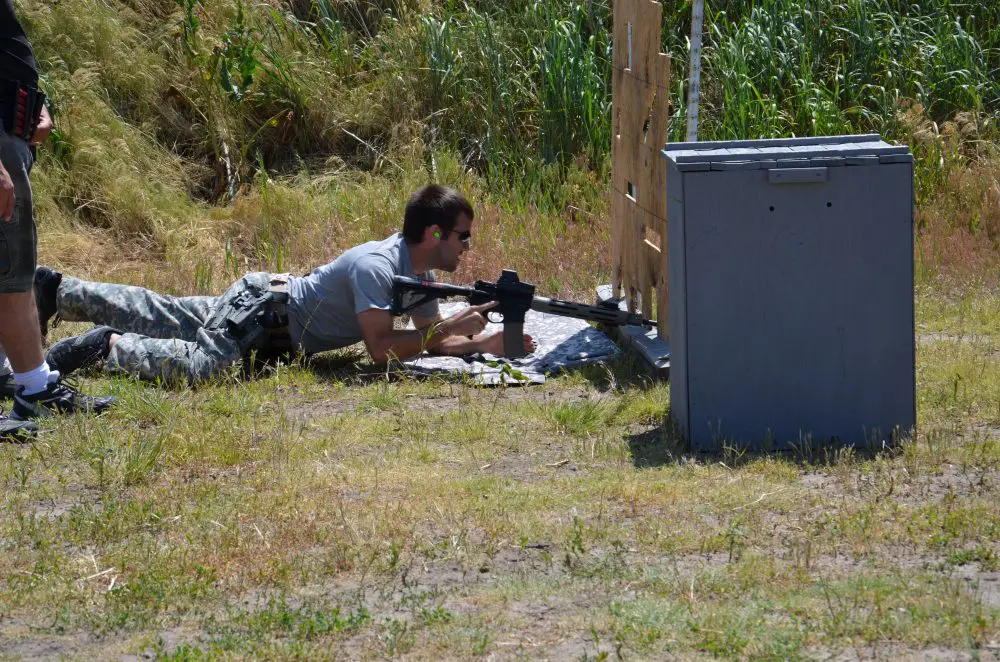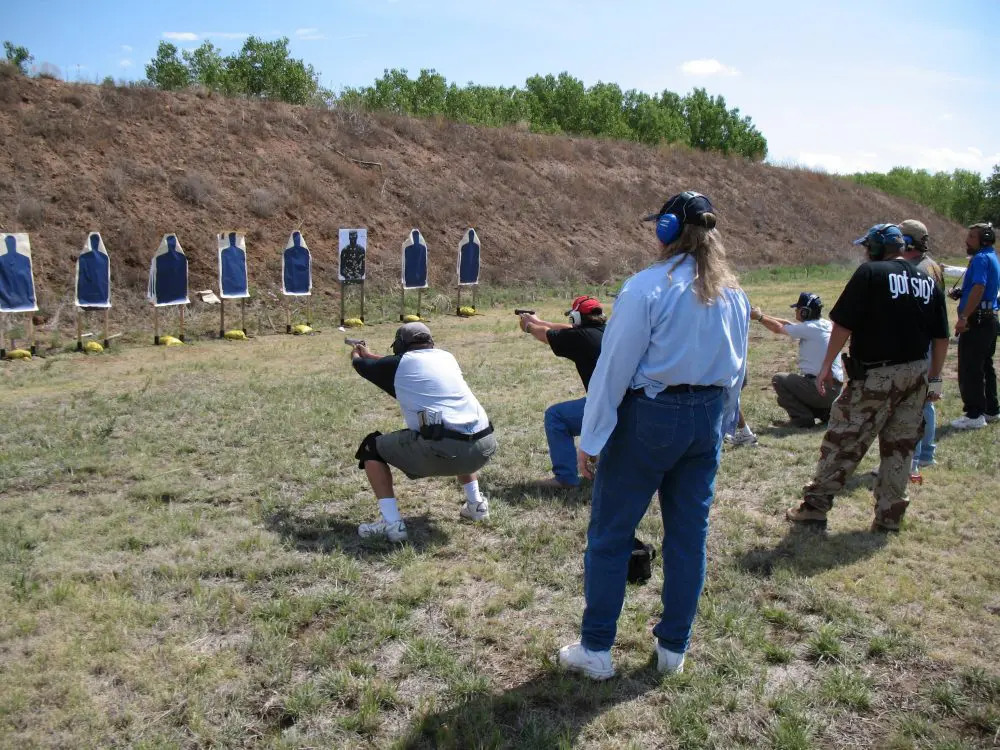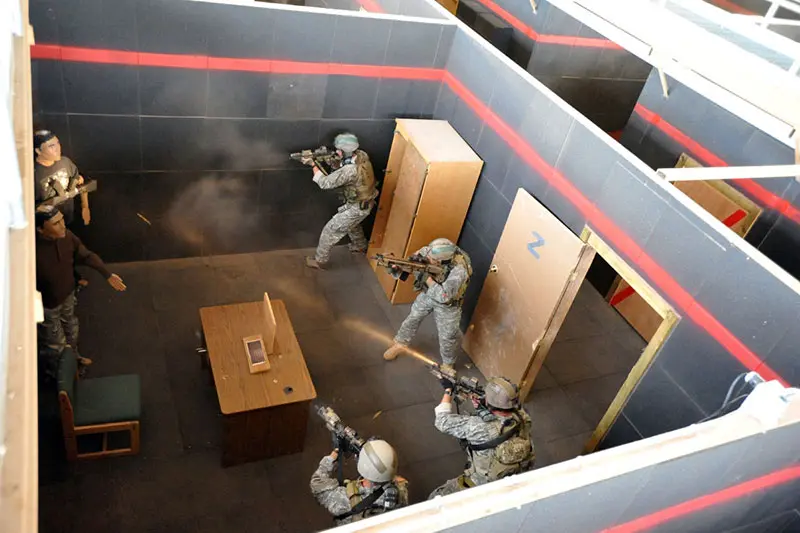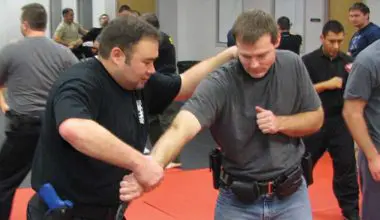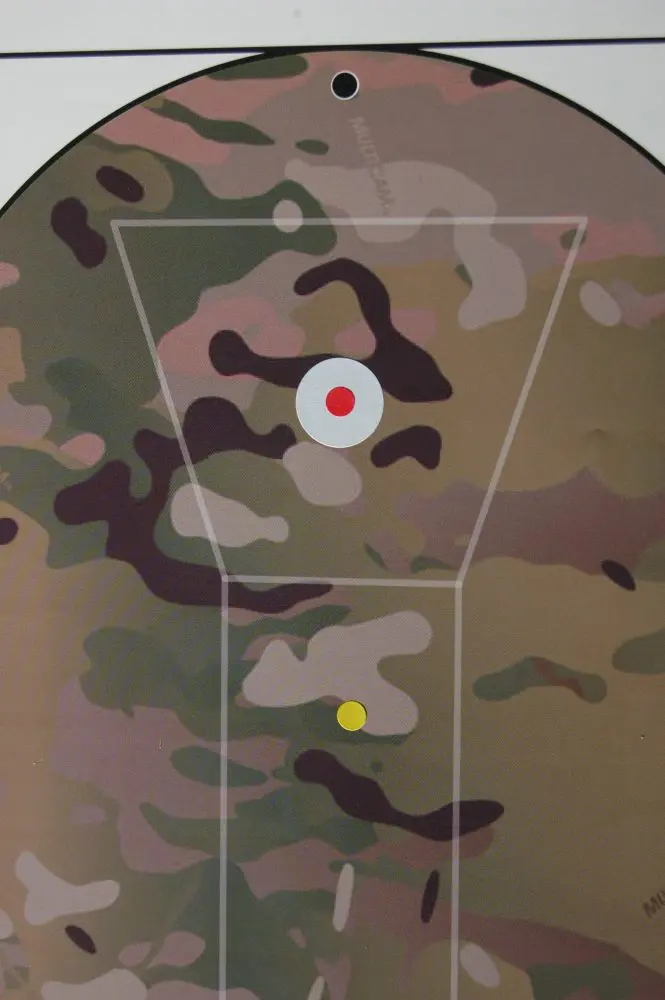However, most standards are not based upon desired organizational capabilities that can be articulated. The reality is that most training standards are a sort of witches’ brew of tradition, resource management, and opinion mixed with the ready availability of certain firing ranges and targetry. For example, agency X has always used the Y qualification course. No one can remember where the drills and standards came from or has considered if they still represent the capabilities needed in the present performance of the agents’ duties.
The firearms training unit has two metric tons of a certain target that happens to have a less than anatomical scoring area of, say, ten inches. The local range has firing points at five and 15 yards. Therefore the standard becomes ten inches at 15 yards to whatever drills testing whichever skills the old qual course stipulates. This is perhaps not the best way to approach the topic.
There are several facets to standards. One is the requirement for accuracy. Next is the element of time (speed). Standards should also ensure the capability to perform tasks whose conditions match the expected mission performance, e.g., reload, fire with either hand, use cover, or whatever matters to the organization. Both accuracy and speed can be addressed in a way that replaces the witches’ brew with a systematic approach tied to capabilities.
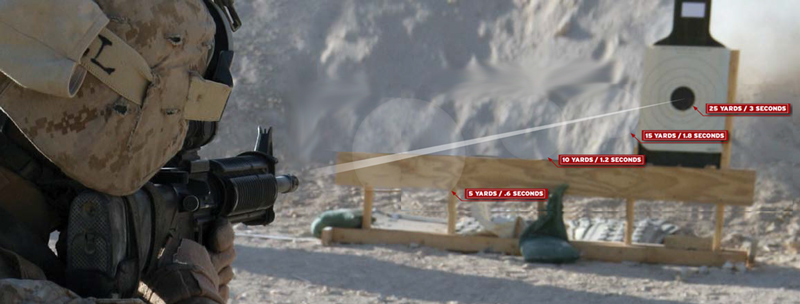
Table of Contents
ACCURACY
The accuracy standard comes from the need for an organization to be able to certify that its officers can reliably stop threats with minimal danger to bystanders out to a certain distance. This distance and/or accuracy level ideally matches the mission scenario for that agency. For example, an air marshal needs to be able to place very precise shots in order to minimize risk to passengers out to the length of the passenger compartments of whatever airframes they protect.
However, many agencies randomly mix time and accuracy standards so that the officer never truly knows what he or she can accomplish on demand. Translated to the street, this leads to hesitation due to a lack of confidence in being able to make the shot, or worse, to errant bullets off target endangering others around the threat.
How should an agency/department determine its standards? First, it must conduct an analysis of how far it wants its members to be able to stop threats with certainty. For planning purposes, several figures can be used for the vital area to enable that stop. The first commonly accepted is the eight-inch vital zone. This figure is also good because it represents non-frontal shots as well, the eight-inch sphere still being available to oblique or profile.
The second is the frontal 12-inch chest-area circle. Special Units that have a requirement for head shots may incorporate a three-inch figure to represent the ocular window. Other figures may be used to incorporate whatever special circumstances a unit may have in their mission set.
MINUTE OF ANGLE
Using the desired target size and needed range, that combination is converted into an expression of minute of angle (MOA), the figure that roughly approximates one inch at 100 yards used for years in rifle shooting. To do this, the range (in yards) is first divided into 100 (to get the 100-yard equivalent) and that result is then multiplied by the desired target size. For example, a department wishing to train to an eight-inch vital zone at 20 yards would divide 100 by 20 to get 5 and multiply 5 by 8 to result in a 40 Minute of Angle Standard.
This angular standard can then be applied to whatever yard lines are available at the range by figuring .4 inch for every yard. A ten-yard target at 40 MOA would be a four-inch circle, a five-yard target a two-inch circle, etc. This allows trainers to apply the correct standard across different yard lines during the accuracy stages of training, as opposed to the haphazard target sizes available in some programs, which never truly inform the student what level of sight alignment is required to meet the standard. This allows the limited resources (time, range space, ammunition) available to the trainer to be most effectively and efficiently applied against bringing the student to the standard.
Organizations that approach their accuracy using a capabilities-based angular standard will often find that they have not applied sufficient resources to guarantee success, and can use that data to justify additional resources. On the other hand, if the resources are fixed, they may have to realize what their actual capabilities are and determine whether their program can be improved to better teach the students up to that standard.
INCONSISTENT STANDARDS
This all sounds pretty simple, but it is actually quite uncommon across broad sections of the military and law enforcement communities. A recent study of training standards across several specialized military sniping programs showed that there was inconsistency in the accuracy portion of each organization’s testing, with a variety of MOA standards across each test and little consistency between yard lines or related to time given for the shot.
Pistol qualifications across large swaths of the local, state, and federal landscape show even less relation to capability.
Trainers, officers, and agents I have asked have all given more or less blank stares when asked how far out their qualified shooters are expected to be able to engage. The default answer is usually the farthest distance in the qual course, even if the evaluation is not structured to require the hits within a realistic zone or even scored to actually require impacts at that greatest distance. In many quals, the shooter can qualify to minimum by making up the points up close regardless of what happened at the longer yard lines.
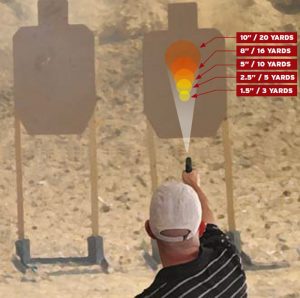
CLOSE ENVIRONMENTS
Another utility of an angular standard is that it can be transported to constrained environments. For example, the common standard for numerous carbine drills/quals used by a variety of military units is an eight-inch scoring ring at 50 yards. This equates to 16 MOA. However on many Forward Operating Bases and outposts, there is no 50-yard range available. In some cases there is only a milvan bullet trap system.
What actually happens in many cases is that units with a tough standard to sustain default to whatever the standard becomes when they shoot their normal targets at the available reduced distance. Rather than continue to train on the fullsize “E” silhouette (roughly 19×39 inches), these units could easily transpose their 16-minute standard to the tight indoor ranges by stenciling the proper circle to the distance being shot and making it visible with some spray paint.
Continuing the example, a unit needing to meet a 16-minute standard with access only to a 25-yard indoor range would need to make hits within 4 inches to maintain the standard.
MINDSET
Using an angular training standard also encompasses a shift in mindset. Focusing on a slightly higher score on a bullseye target does not readily translate to any capability, although it may increase confidence.
The shooter who hits more tens than nines on a target of unknown size at ten yards has no idea what that means when the threat is standing across the street at nearly 25 yards. The shooter who understands why he has been trained to a 50 MOA standard and has spent all that time shooting five-inch circles at those same ten yards has a level of confidence that he can make a solid torso (12-inch) shot at that distance. Likewise if he struggles to make a 50-minute standard, he should then recognize that a threat at 35 yards is outside his proven capability and he can make an informed decision as to whether to attempt a shot or get closer.
As a baseline for discussion, most basic users are about 75 minute pistol shooters. The great majority of armed professionals (mission users) are trained to around a 50-minute standard, while special mission users perform to around 32 MOA. These reflect the target sizes they can hit day in and day out, cold start from the leather in any weather and under moderate stress due to time or circumstances.
It’s understood that the blind squirrel gets his occasional nut and the 50-minute guy can occasionally win a bet by splitting a playing card, but as averages, the numbers are good points for departure. For carbine shots from a standing fighting stance under pressure, the angle numbers above can be halved to get a rough idea of average capability.
SPEED
Speed is a separate factor in marksmanship training. Good programs isolate speed by applying it against a fixed target size at different distances, usually whatever equals that organization’s given vital zone: eight, 10, or 12 inches. There is an adage I first heard from Clint Smith at Thunder Ranch that “Distance equals time and time equals marksmanship.” Most qualifications take that into account, but again in a haphazard manner that may or may not lead the shooter toward repeatable performance.
Many programs push a shooter to reach speed near or past the point of failure on full-size silhouettes at three to five yards and then quickly swing to the other end of the pendulum to allow overly generous times at moderate distance. This does not teach the shooter how to apply that speed across the variety of ranges that he may employ his weapon.
An angular standard can be applied to address this problem as well.
A fixed target size is used to represent the desired level of precision, usually eight inches.
The shooters’ accuracy MOA is then cut in half to determine the “speed angle” where his skills will be exercised to reliably hit the target, for example a 50-minute mission user would have a 25-minute speed angle. At each distance, the shooter has the 25-minute number (now used to express seconds rather than inches) for that range to hit the fixed eightinch standard circle. So, the 50-minute shooter would have 2.5 seconds to hit the eight-inch circle at ten yards, 1.25 seconds from five yards, and .75 at three yards to hit the eight-inch target. All shots are single rounds fired from the ready.
MULTIPLE APPLICATIONS
This provides the shooter the same relative time to engage the target as it grows or shrinks in size depending on its proximity. The same basic concept can be applied in a variety of ways. The size of the angle can be adjusted to fit the needs of a program, but the speed angle of one half the accuracy MOA is a good starting point for shots presented from the ready.
For other drills, such as shots from the holster, transfer to the support side, or standing start position transitioning to kneeling or barricade, the best method is to determine the average time to complete the action at, say, three yards and add a tenminute speed angle to the drill for farther distances.
For example, through experimentation with the issued retention holster, the trainer determines that the average shooter can reliably draw and present a solid hit to the target in 1.5 seconds at three yards. Adding in a ten MOA speed angle to that functional time would indicate a 1.9-second standard at seven yards and 2.7 seconds at 15 to get a hit on the same eight-inch circle from the holster.
If nothing else, converting the time requirements into minutes of angle allows the different stages of fire across existing qualification courses to be evaluated for relative difficulty.
One random police department qual course was pulled to evaluate. There were strings of fire at five, seven, 15 and 25 yards, all fired into the same size scoring zone. The speed angle equivalency showed that the 15- and 25-yard strings were set to a more stringent speed requirement than the closer strings. Consistency across the strings would probably allow the shooters to smoothly engage using the correct level of sight refinement and alignment.
A number of experienced trainers and champion competitive shooters have looked at the speed angle concept and validated it live fire, finding it useful. The math holds up very well in practice at the normal pistol ranges the shooter is actually able to hit the eight-inch circle.
For more advanced shooters, the angle gets inside of reaction time at contact distance, but is fine from three yards out. Again the speed is what is required for a shooter of that level to reliably hit a target of fixed size. The shooter may be able to go faster, but the speed angle reflects what he “ought” to be able to do at a given distance out to the yardage where his accuracy level no longer allows him to reliably hit the fixed target.
NOTHING NEW
The angular approach presented here isn’t that radical. The Army has had reducedscale silhouette targets to simulate various distances to shoot at 25 meters for years. The NRA has had reduced versions of their competition targets available when the standard distance yard line was not available.
The key ingredient here, however, is the link to desired capabilities. Each organization must evaluate its needs and mission requirements to determine what it expects from the personnel it arms and sends forward. A capabilities-based angular standard can help to ensure that required level of performance. The angular standard can help synchronize the required level of speed and accuracy while gaining training efficiencies to help the student employ his weapon effectively.
In some qualification programs that are mandated by the state or another higher authority and are not subject to local changes, trainers can incorporate an angular training concept within their program to help educate students on their present capabilities. Shooters can fire at any yardage and the distance from the center can be extrapolated using MOA to tell them at what distance their hits would no longer be on a 12-inch wide chest.
That small amount of information would be a step in the right direction. A shooter who knows his effective range may be more inclined to practice harder, get support or slow down and focus harder for that unexpected long shot, or pass on a difficult shot in a crowded environment.
